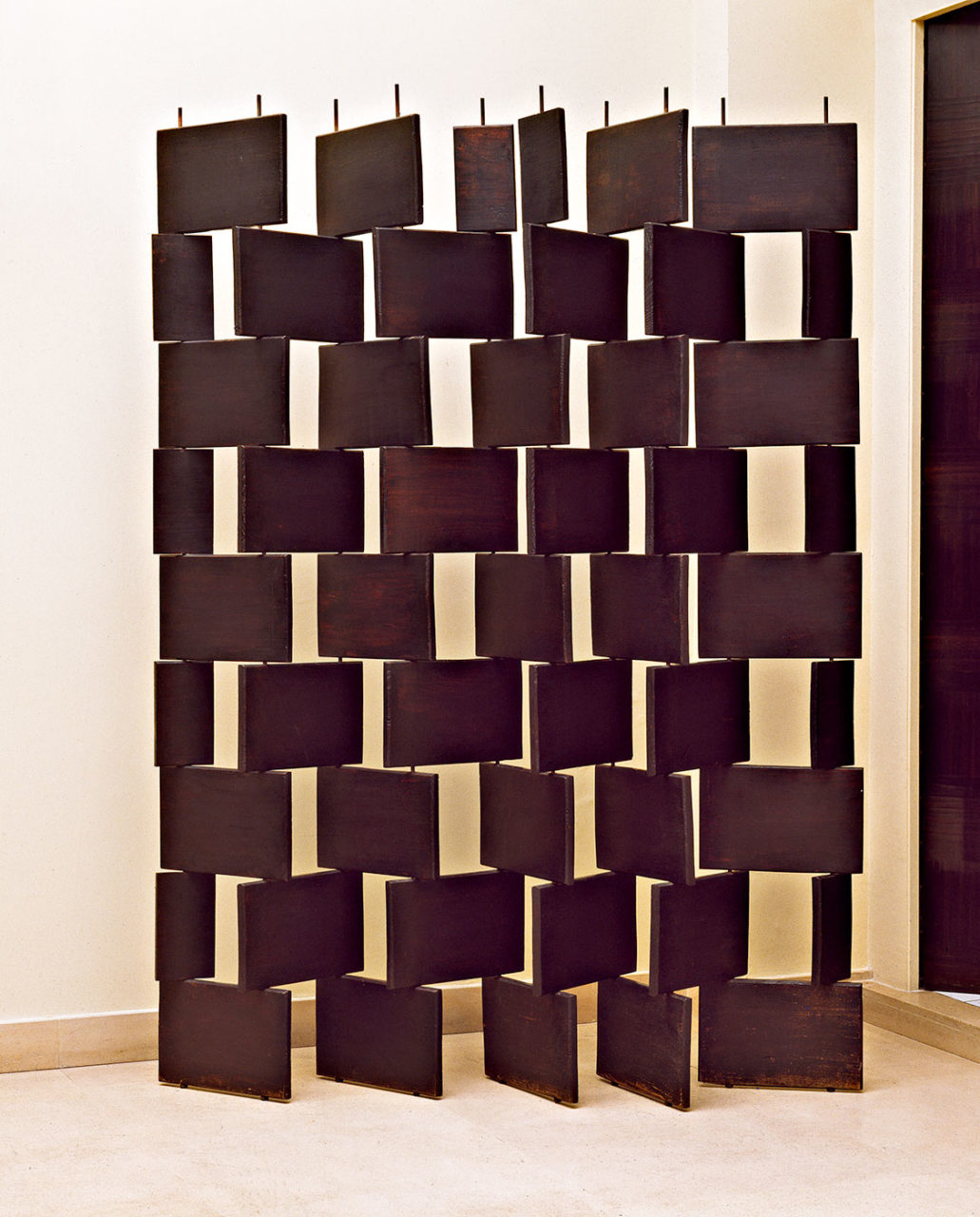With never-before publically exhibited works, the Bard Graduate Center (BGC) Gallery presents the first in-depth U.S. exhibition of the works of the modern architect, furniture designer, and artist Eileen Gray.
The 200-piece exhibition was curated by Cloé Pitiot, a leading Eileen Gray scholar at the Centre Pompidou in Paris; and Nina Stritzler-Levine, BGC Gallery Director and curator of the Musée des Arts Décoratifs in Paris; with help from Jennifer Goff, curator of the Eileen Gray collection at the National Museum of Ireland.
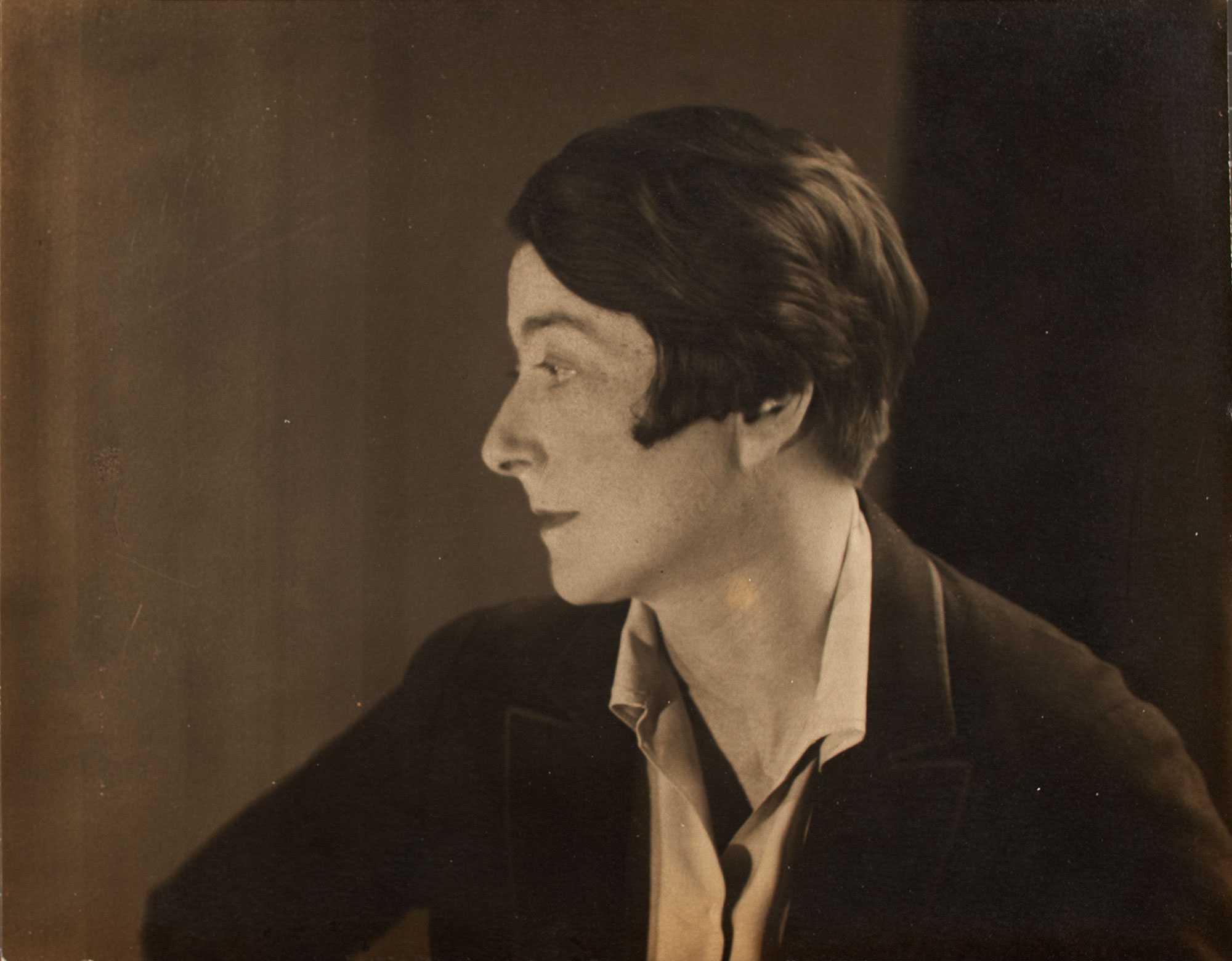
Born in Ireland in 1878, Eileen Gray was one of the few prominent female architects and designers before World War II, with work spanning photography, textiles, lacquer works, furniture, and residential interior design.
Inspired by both the Dutch de Stijl movement and Imagist literature movement of the early 20th century, Gray wove enigmas—some easier to decode than others—into her pieces, carving architectural plans into tabletops and pressing letters into drawer fronts.
“Everything is a code,” Goff said in a preview of the exhibition on February 28. “When you look at a piece by Eileen Gray, you have to try to look outside the box. If you think that something is abstract, it’s really not,” she explained, pointing to an etching of a site plan on a piece of furniture.
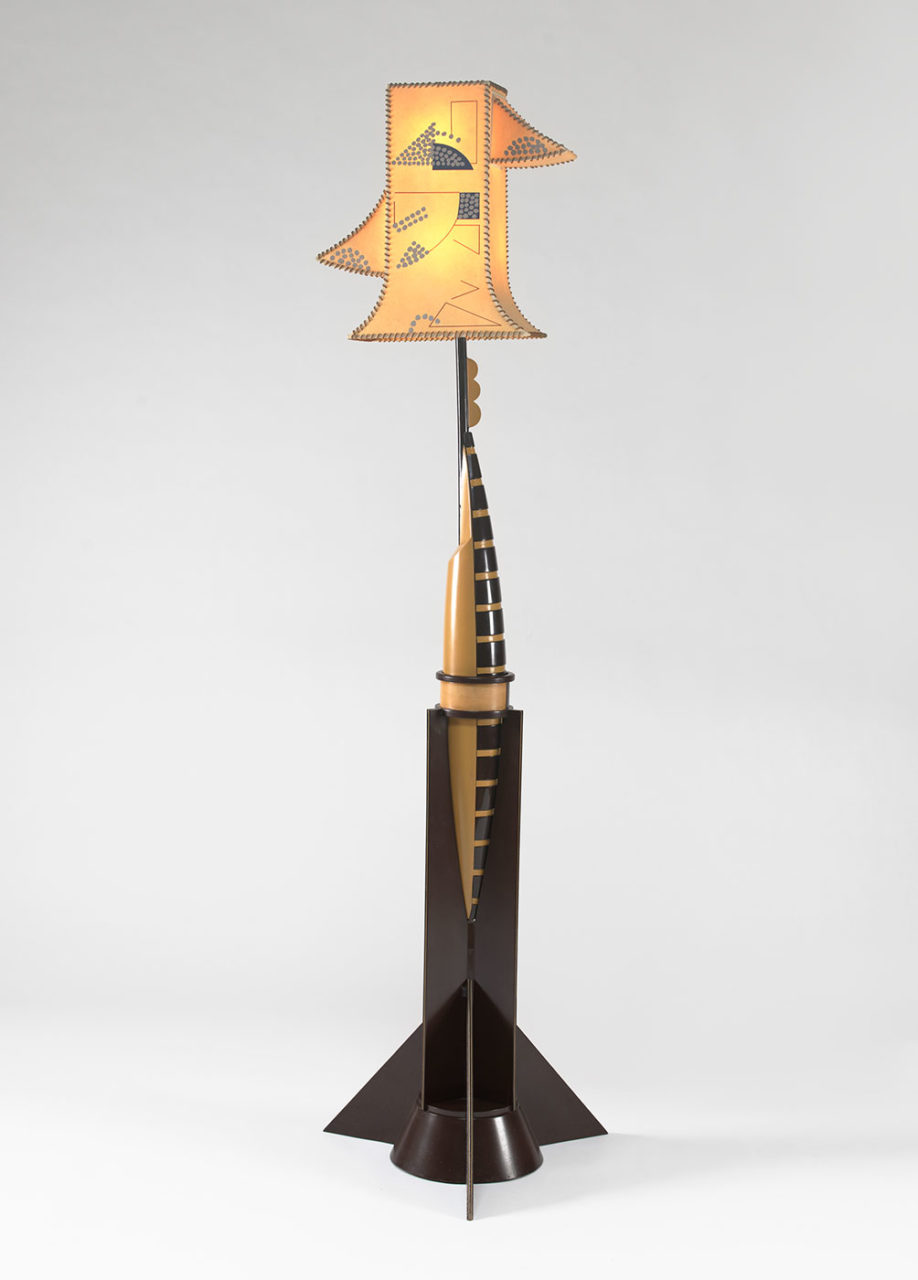

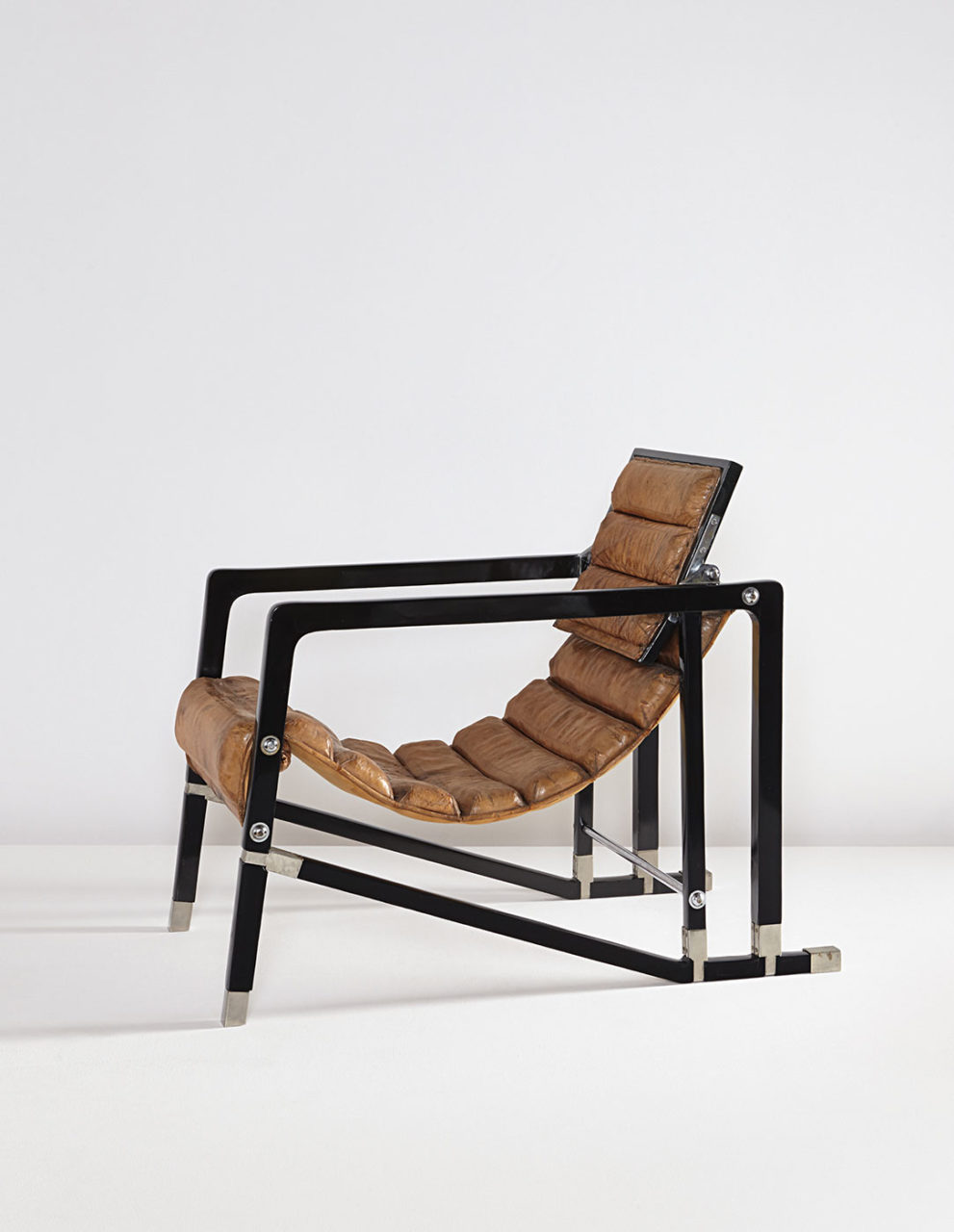
The mystery of Gray’s work was perpetuated by her habit of burning notes and letters to preserve the privacy of her ideas. This pyromania drove curator Pitiot to spend decades collecting remnants of her work and tracking down relatives of Gray’s peers.
The works exhibited grow is size as visitors climb the floors of the BGC Gallery. The first floor features lacquer panels recently rediscovered, but originally exhibited at the 1915 San Francisco Panama-Pacific International Exhibition.
The second floor exhibits works from Gray’s life in Paris, including innovative leather and wooden furniture, carpets that Gray sold at her shop, Jean Désert, and collaborations with Romanian architect Jean Bedovici.
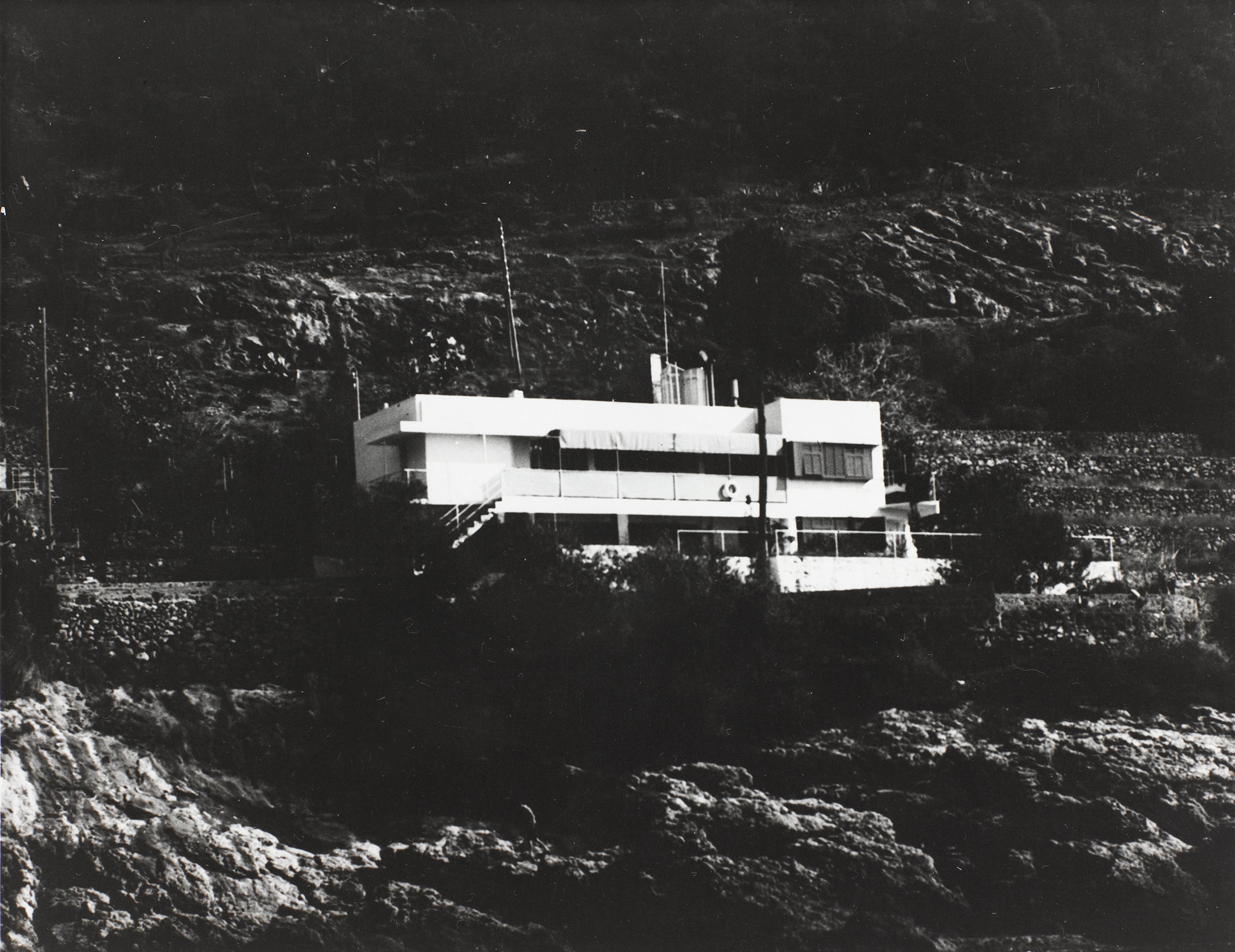
The pinnacles of the exhibition are drawings and models of E 1027, one of Gray’s most notable houses completed in 1929 overlooking the Bay of Monaco in Roquebrune-Cap-Martin, France.
The collection emphasizes Gray’s intention toward human experience and practicality.
“All the pieces of furniture of Eileen Gray are really thinking about how to help the body and soul to be,” Pitiot said. “It’s more about the balance between the body, soul, and function.”
Header image: Boudoir de Monte Carlo by Eileen Gray shown at the 14th Salon des Artistes Décorateurs, from Intérieurs Français (1923) (Archives Galerie Gilles Peyroulet, Paris)

